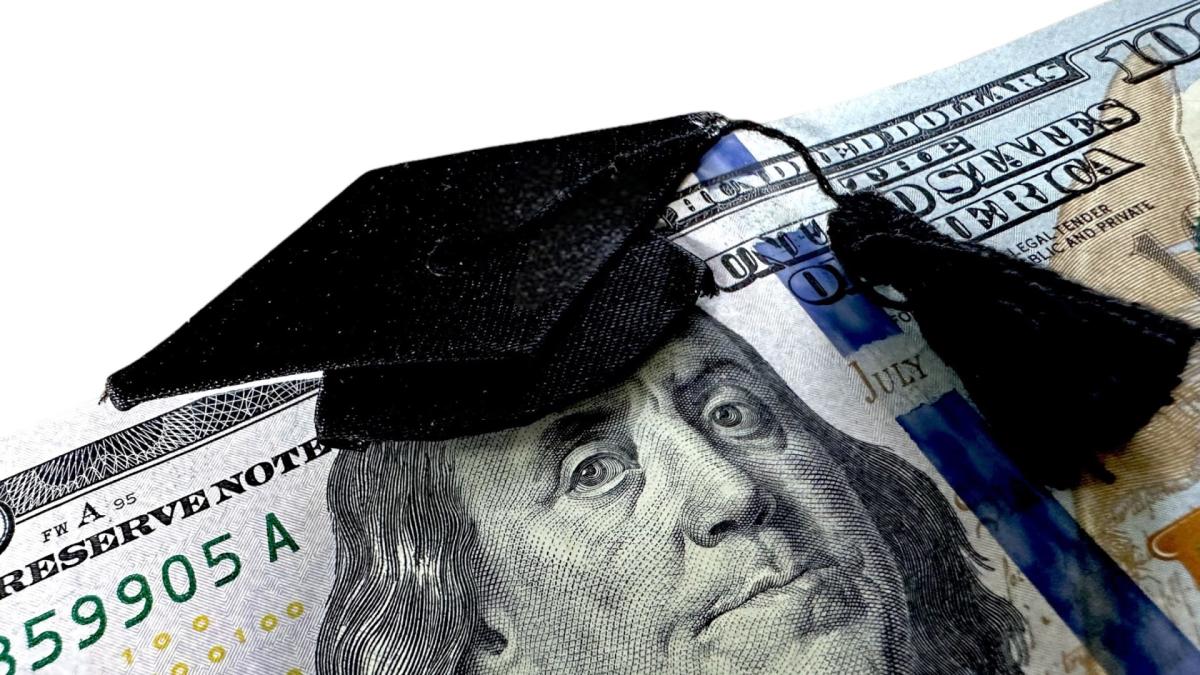When it comes to student loans, 7% of borrowers in the U.S. owe more than $100,000, accounting for one-third of the country’s total of $1.6 trillion.

While student loan debt is often considered “good” debt due to its investment in higher education and potential tax benefits, the burden of large monthly payments can hinder other financial goals like buying a home or saving for retirement. Moreover, long-term interest payments can add up significantly. To alleviate this burden, consider these seven strategies to pay off your student loans faster.
1. Research Your Options
Start by using the loan simulator on Studentaid.gov to identify the best repayment strategy for your situation. This tool helps you input your loan information and select your primary repayment goal, such as “pay off my loans as fast as possible,” “have a low monthly payment,” or “pay the lowest total amount over time.” Choose “pay off by a certain date” and set your goal for five years to see what your monthly payments would be.
2. Start With Your Employer
Many borrowers overlook the potential for employer assistance in repaying student loans. Patricia Roberts, author and COO at Gift of College, suggests asking if your employer offers a student loan repayment benefit. Under the CARES Act of 2020, employers can offer up to $5,250 per employee per year in tax-free student loan repayment assistance through January 1, 2026. This can amount to $10,500 in support over two years. However, be cautious about staying in a toxic work environment solely for this perk. Set clear goals and strategies to maintain your mental and emotional health during this period.
3. Apply for Loan Forgiveness
If you work in certain industries, such as public education, you might qualify for Public Service Loan Forgiveness (PSLF) after making payments for a specific number of years. Alternatively, the Saving on a Valuable Education (SAVE) and Income-Based Repayment (IBR) plans offer loan forgiveness after 10, 20, or 25 years of regular payments based on your income. These plans are ideal for those in lower-paying industries who plan to remain in such jobs long-term.
4. Tighten Your Budget and Add a Side Hustle
Youth can be an advantage when tackling student debt. Joe Camberato, CEO of National Business Capital, emphasizes working as much as possible at a day job and taking on side gigs. All extra earnings should go toward debt repayment. Smart budgeting and self-restraint are crucial. Becoming debt-free sooner allows you to save and invest earlier, benefiting from compound interest.
5. Engage Family and Friends
Seek support from family and friends during your debt repayment journey. Patricia Roberts suggests being transparent about your financial goals and asking for contributions toward your student loan repayment instead of traditional gifts for birthdays and holidays. Consider setting up a crowdfunding campaign or using platforms like GiftofCollege.com to share your story and receive support.
6. Pay Extra Whenever You Can
Even small additional payments can make a significant difference by reducing the principal of your loan. Decide in advance that any unexpected windfalls, such as bonuses or inheritances, will go directly to loan repayment to avoid the temptation of spending them elsewhere.
7. Advocate for Student Loan Reform
Joining groups like the Debt Collective or contacting elected officials can help push for reforms in the student loan system. Advocacy can bring about changes that benefit all borrowers, not just individuals.
No matter what strategy you choose, take pride in your education and commitment to a better future. As Kerrie Carden, CEO of Equip Advisory, noted, “It is definitely possible to pay off $100K in student loan debt in five years with a plan.”